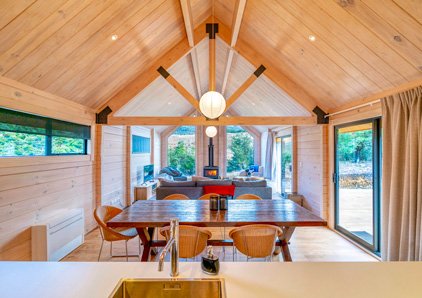

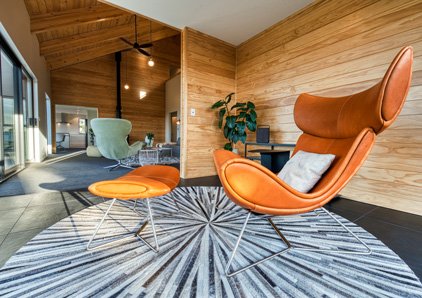
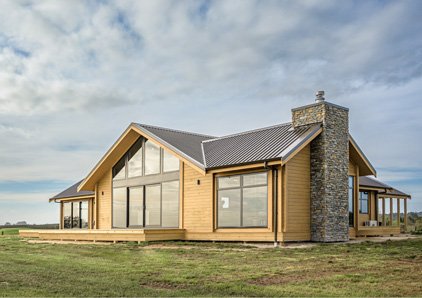
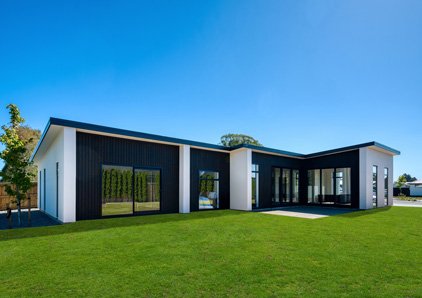


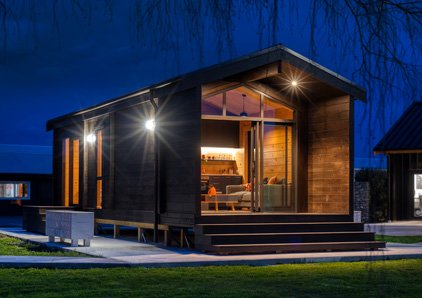
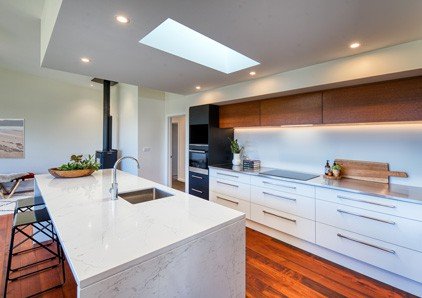
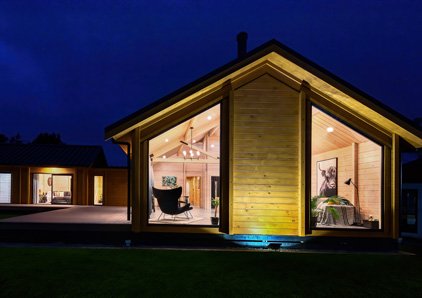

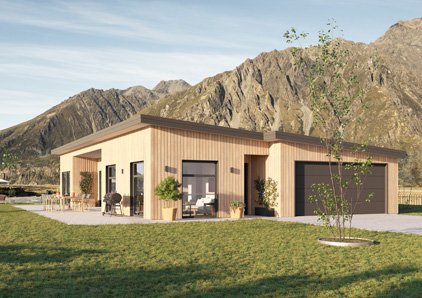

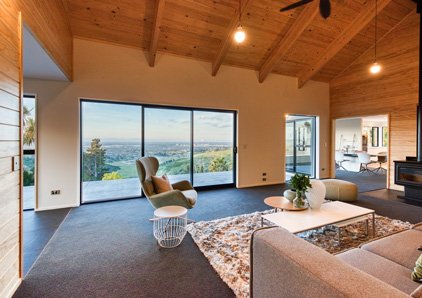
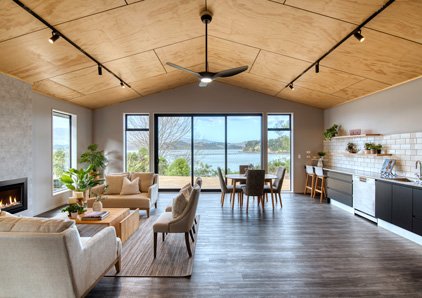
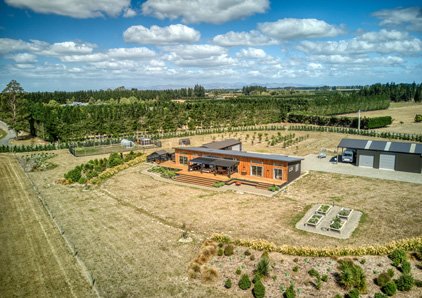
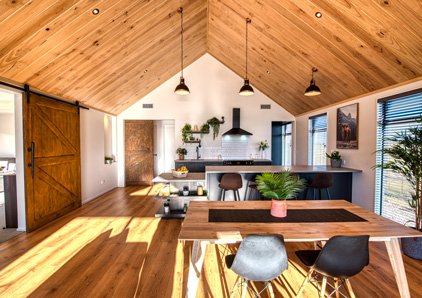


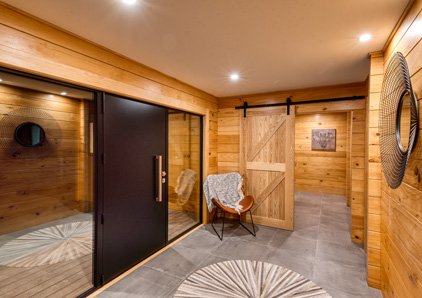



5. CHOOSING FITTINGS AND APPLIANCES WISELY
Cost indication
Low to Med
Effectiveness rating
7/10
Appliances such as whiteware, TVs and heated towel rails can account for 29% of energy use in an average New Zealand house. It makes sense therefore to consider selecting energy-efficient appliances for your home as an easy way of reducing the ongoing impact your household is having on the environment, as well as reducing your power bills.
One mistake people sometimes make is to choose fittings or appliances that are too large or too small for their needs. For example, if you have a small capacity washing machine for a large family you may end up using more power and water than necessary, running more loads. Conversely if you have a heat pump with a greater output than you need, you may be using more power than necessary to heat or cool your home.
EECA estimates that by 2035, households could reduce their energy use by around 20 per cent through more efficient space heating, water heating and lighting. This is definitely an area where you can make a considerable difference to your home’s environmental impact by choosing recognised brands with good energy star ratings - that way you are more likely to get the benefits of durability as well as reduced energy and/or water consumption over the life of the appliance.
In terms of sustainable heating options for your home, the new ultra low emission woodburners are well worth considering. While they are more expensive than regular woodburners, unlike regular woodburners they can be installed and used even in restrictive clean air zones. Ultra low emission woodburners have two burning chambers which enables them to burn very cleanly and efficiently - their thermal efficiency rating is 65 per cent or greater. They also have a cooktop so that you can use them for boiling water or cooking and some have a wetback option. Some models even have a USB port to charge your mobile phones during a blackout!

